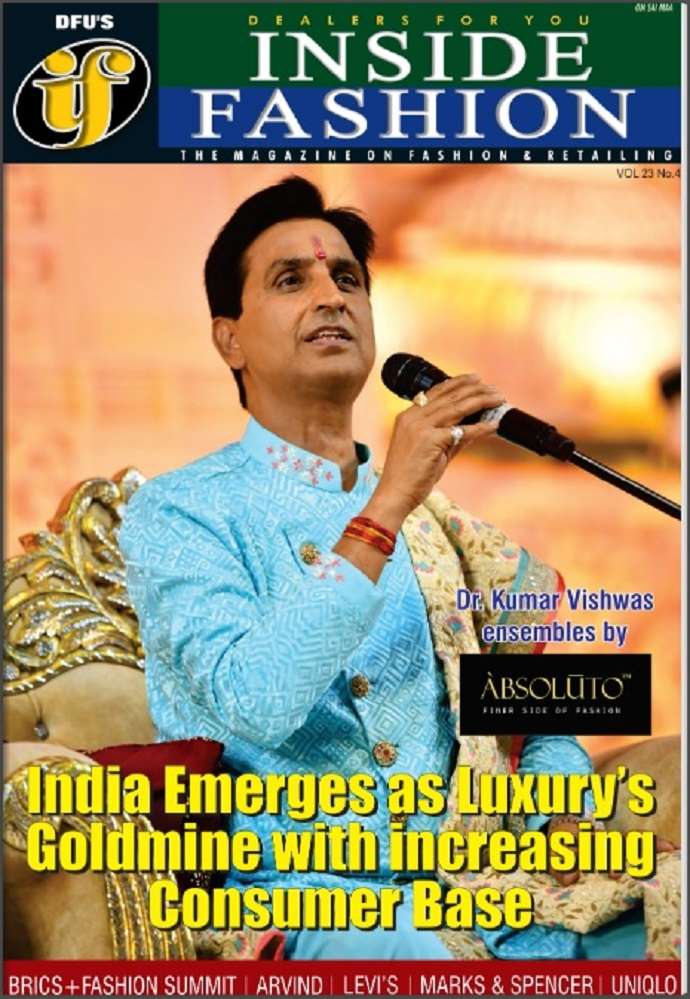Union Budget 2025-26: A ‘Consumption-focused’ boost for apparel and retail

01 February 2025, Mumbai
The Union Budget 2025-26 has presented a mixed bag for the apparel and retail industries, but with a clear emphasis on boosting consumption, a key driver for these sectors. While some direct benefits are present, the indirect impact of measures aimed at MSMEs and cotton production will also play a crucial role.
Apparel: MSME support and the ripple effect of cotton initiatives
The apparel sector, heavily reliant on MSMEs, stands to gain significantly from the budget's focus on this segment. Santosh Katariya, President of the Clothing Manufacturers Association of India (CMAI), sees "a huge benefit for the Industry from two angles." He highlights the "measures proposed for MSMEs, especially the Micro Sector," including the increase in various upper limits, as a significant boost. The Polyester Textile Apparel Association (formerly known as PTA) also emphasized the enhanced investment and turnover limits for MSMEs, stating that these will be "enhanced to 2.5 and 2 times respectively." These changes are expected to empower apparel manufacturers, many of whom fall under the MSME umbrella, to scale their operations and become more competitive.
Furthermore, the budget's focus on cotton productivity, through the five-year "Cotton Productivity Mission," will have a positive ripple effect on the apparel industry. As Prabhu Dhamodharan, Convenor of the Indian Texpreneurs Federation (ITF), Coimbatore, points out, this mission is "a vital initiative to improve cotton yield in India," ensuring "raw material security for the Indian textile and apparel sector." A stable and affordable supply of cotton is crucial for apparel manufacturers, impacting their input costs and overall competitiveness. Sanjay Jain, Group Chief Executive Officer of PDS Ltd., is "pleased with the inclusion of enhancing Extra Long Staple (ELS) Cotton Productivity" in the mission, believing it will "foster production of superior quality raw material" for the industry.
The PTAA also noted the improved access to credit for MSMEs, including increased credit guarantee cover for micro and small enterprises and startups. This improved access to finance can be a game-changer for smaller apparel businesses, enabling them to invest in new technologies, expand their production capacity, and access working capital.
Retail: Consumption is king
For the retail sector, the budget's most significant impact comes from its focus on boosting consumption. Katariya notes that the "lowering of Income Tax at various levels will hopefully provide a huge increase in disposable income, increasing consumption." He also points to the "various changes in the TDS and TCS limits" as contributing to increased spending. Dhamodharan of ITF believes that the "revisions in income tax slabs and exemptions are a positive step to boost consumption and economic growth." He adds that "these measures, along with potential RBI rate cuts, will strengthen spending power and drive demand further." Increased disposable income translates directly into greater spending power for consumers, which is the lifeblood of the retail industry. The budget's emphasis on putting more money in the hands of the middle class is expected to drive demand for a wide range of retail goods, including apparel.
Sanjay K Jain, Chairman ICC Textiles Committee & Managing Director, TT Ltd, also highlighted the consumption-driven nature of the budget, noting that "higher money in the hands of the middle class means more buying of apparels and home textiles." This sentiment underscores the direct link between increased disposable income and increased spending on discretionary items like clothing and home furnishings.
Indirect impacts and considerations
While the budget doesn't offer specific measures targeted solely at the retail sector, the indirect benefits stemming from increased consumption and MSME support are substantial. A thriving MSME sector in apparel manufacturing translates to more readily available goods for retailers to sell. Furthermore, the boost to cotton production ensures a stable supply chain for apparel, which in turn benefits retailers.
Challenges and the road ahead
While the budget's focus on consumption is a welcome development for the retail sector, some challenges remain. Katariya expresses a concern about potential increases in GST rates, particularly in the textile and apparel sector, which could offset the positive impacts of increased disposable income. Retailers will need to carefully monitor pricing strategies and ensure that any potential GST rate hikes do not dampen consumer spending.
Union Budget 2025-26 offers a positive outlook for the apparel and retail industries, primarily through its focus on boosting consumption and supporting MSMEs. The indirect benefits from the cotton productivity mission further enhance this positive outlook.
























